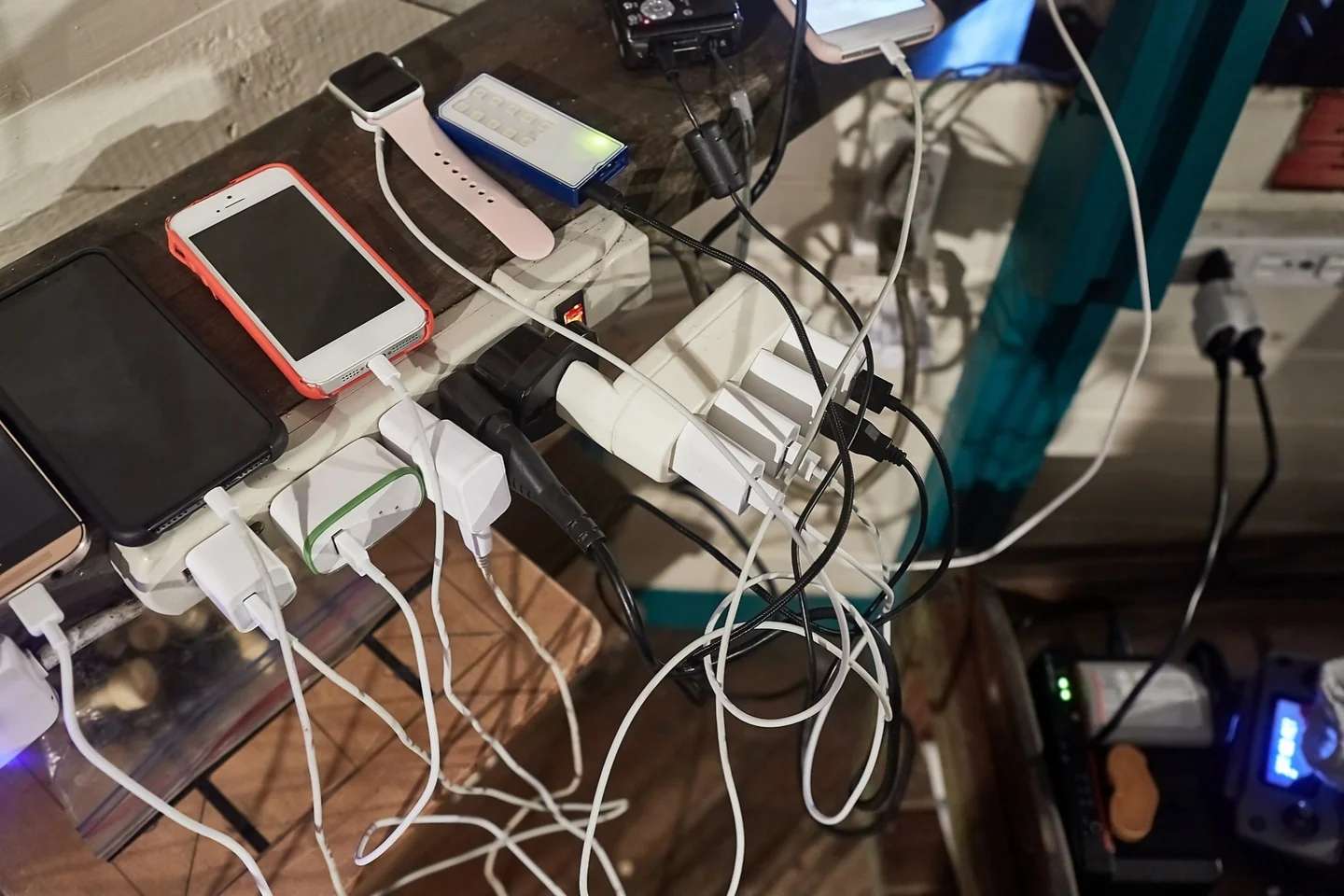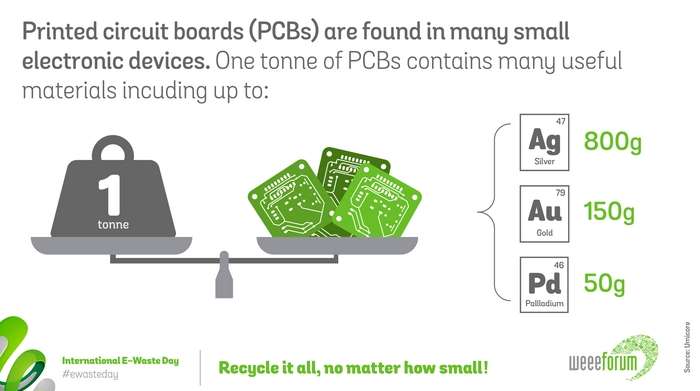A-Z site index

| 5.3 billion pieces of communication electronics will become waste worldwide in 2022 | ||
|
|
| Time: 2023-01-18 16:11:25 | Author: BCRC China |
Multiple UN agencies have joined together to call for the urgent need for universal recycling and legal standards to reduce global e-waste. The UN Global e-waste Monitor estimates that 5.3 billion pieces of waste will be generated globally in 2022 from communications electronics alone.
 Despite the fact that electronics contain precious metals such as copper, silver and gold, only a very small percentage is recycled. Why are so many electronics not recycled? The survey found that the average household has 74 types of electronics and accessories, such as cell phones, tablets, laptops, power tools, hair dryers, and other appliances. Nearly one-third of these electronics are hoarded because the devices are old and broken.
The most common electronics hoarders are headphones, remote controls, wearable electronics, cell phones and related accessories. As for the reasons for keeping this e-waste and not recycling it: most said they may still need it in the future (46%), have an emotional component (13%), and don't see any value in recycling (1%).
 Recycling electronic waste can retrieve something valuable, such as gold, copper, silver, palladium and other metals. Most electronics can be given a second life, for example by reselling them to cell phone manufacturers, retail stores for refurbishment, or donating them to charity. In addition, old cell phones and tablets can be transformed into alarm clocks, electronic notepads, security cameras or e-readers.
|
|
